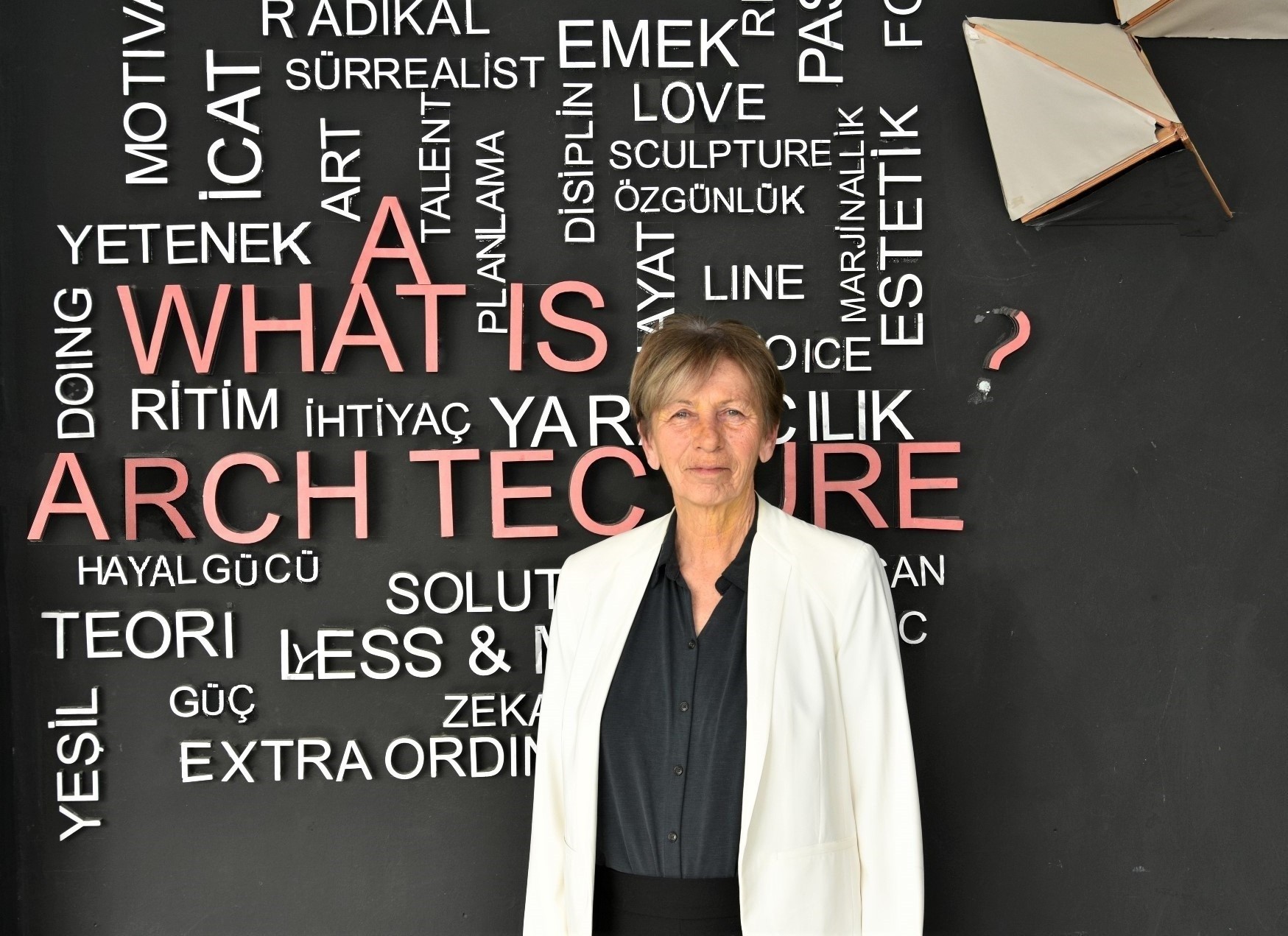
Near East University Faculty of Architecture Dean Prof. Dr. Zeynep Onur’s article, which analyzes the effects of virtual design studios, which are used extensively in architectural education during the pandemic period, received the most cited article award in Clarivate Index in 2021.
Architecture is one of the professions where the developing technology affects the business process the most. The intensive use of technology shows itself with the new practices it has led in architectural education. The virtual design studio, which has been a part of the architectural pedagogy discourse for the last twenty years, is one of the most concrete examples of this. Yet virtual design studios were often showcased in schools of architecture as a potential educational tool in controlled and pre-designed environments. Until the COVID-19 epidemic affected the whole world… The transition to distance education in the first year of COVID-19 forced design studios to move to the virtual space.
Near East University Faculty of Architecture Dean Prof. Dr. Zeynep Onur, analyzing this period when virtual design studios, which have been used as an integral part of architectural education for many years, suddenly turned into one of the original methods of architectural education. Together with Assist. Prof. Dr. Aminreza Iranmanesh, Prof. Dr. Onur analyzed the effects of this practice on students in an article published in The International Journal of Art And Design Education – International Journal of Art and Design Education.
The article investigating the potential advantages and shortcomings of virtual design studios, which are used for all students during the quarantine period, from the perspective of students in the architecture department, brought Prof. Dr. Zeynep Onur the award for the most cited article in the Clarivate Index in 2021.
It contains striking clues that will be important for the future of architectural education.
The virtual studio experiences of approximately 360 students from eight design studios were evaluated and the effectiveness of the virtual design studio in achieving the expected learning outcomes was analyzed. The results of the article contain striking clues that will be important for the future of architectural education. The research results revealed that students who returned to their homes during the pandemic period were relatively more satisfied with the experience; that there is a positive development in their ability to conduct independent research and learn new computer-aided design software. Besides, the research has revealed striking results that there is no significant difference in learning outcomes between studio education in the virtual environment and face-to-face education, and that the virtual environment is more efficient. The ability to record and watch all studio sessions and joint juries also made the virtual studio a very important educational tool for students. It was determined that the virtual studio increased its reach and provided more collaboration opportunities between different schools and disciplines, which positively affected students. The most important shortcoming of the virtual design studio compared to face-to-face education was that it caused a significant decrease in peer learning and limited student-teacher interaction.
Prof. Dr. Zeynep Onur: “The results of our research attracted great interest in the scientific world.”
Emphasizing that their work reveals that pedagogical methods related to studio education in the virtual environment should be analyzed in-depth and that a comprehensive social experience should be made in order to develop a detailed pedagogical framework, Near East University Faculty of Architecture Dean Prof. Dr. Zeynep Onur said “ In studio education, the opportunities the virtual environment has increased the capacity of intercultural and interdisciplinary cooperation and create an indispensable learning environment in terms of serving the multidimensional aspect of architecture. We believe that virtual design studios will get closer to the educational environment that takes place in face-to-face education, by reducing the real-time interactions that the technologies can offer.”
Stating that the necessity caused by the pandemic period, the use of virtual design studios creates a good opportunity to reveal its place in architectural education, Prof. Dr. Zeynep Onur said, “The results of our research attracted great interest in the scientific world.”